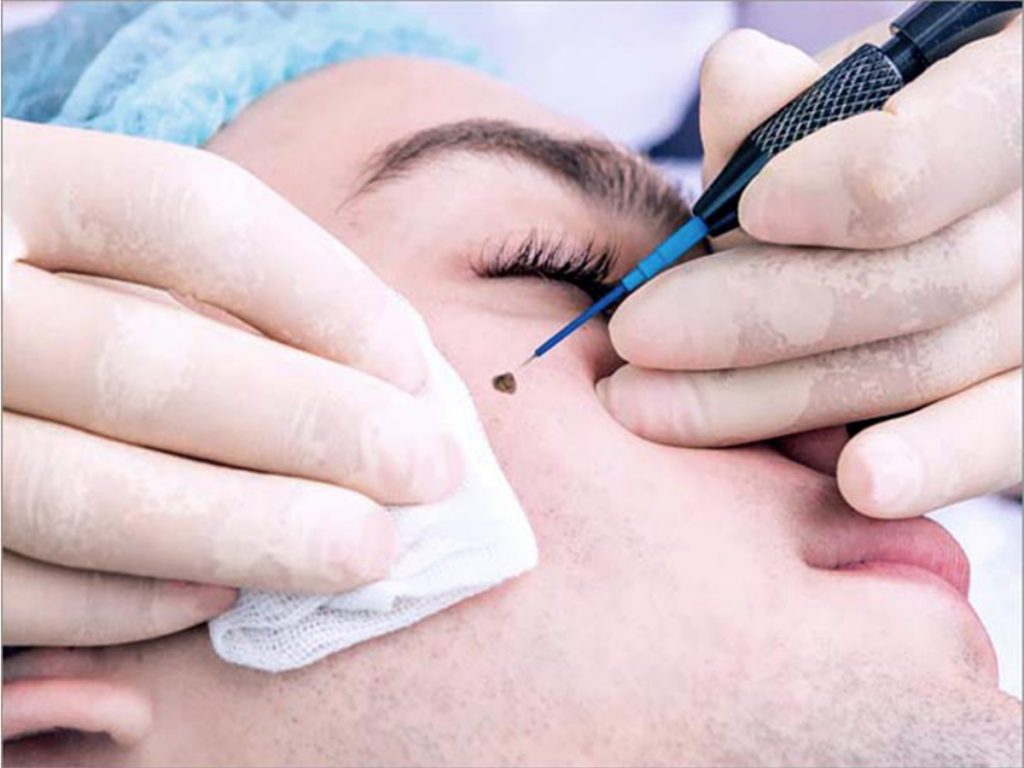
Moles are little skin cells that can form on any part of the body over time. They come in a variety of sizes, shapes, and shades. If you have a mole that you are concerned about or one that is always bothering you, the procedure to remove it is extremely powerful and completely safe. The mole evacuation treatment causes virtually no scarring, regardless of where the mole is on the body or face. Dr Ankuja’s Skin, Laser and Hair Clinic in Pune has successfully completed different treatments for the safe removal of unwanted moles, with excellent results.
Skin Tag/DPN Removal: Skin tags and DPNs are minute, delicate pieces of skin that protrude from a thin stem. They appear as little skin growths on the face, neck, armpits, and body folds like the crotch that only a few people have. They are well-known for being easy to use and causing minimal discomfort. This is a powerful and, for the most part, painless way for removing skin labels/DPNs/Moles, with little recovery time or downtime necessary following the procedure. Whether the skin tag is on the body or on the face, the removal procedure leaves nearly no scarring.
Mole removal is a cosmetic procedure aimed at removing benign skin lesions known as moles. Moles, also called nevi, are common growths on the skin that can vary in size, shape, and color. While most moles are harmless, some individuals may choose to have them removed for aesthetic reasons or if they pose a risk of becoming cancerous.
Common methods of mole removal include:
Excision: This involves surgically cutting out the mole and stitching the skin closed. Excision is typically used for larger moles or those that are suspected to be cancerous.
Shave Excision: This technique involves shaving off the mole with a scalpel or razor blade. Shave excision is suitable for smaller, raised moles that protrude above the skin’s surface.
Laser Removal: Laser therapy uses focused laser energy to target and destroy the pigment cells in the mole, causing it to fade over time. Laser removal is often used for flat or pigmented moles.
Cryotherapy: Cryotherapy involves freezing the mole with liquid nitrogen, causing it to blister and eventually fall off. Cryotherapy is suitable for small, non-cancerous moles.
The choice of mole removal method depends on factors such as the size, location, and type of mole, as well as the individual’s preferences and medical history. It is essential to consult with a dermatologist or healthcare professional to determine the most appropriate treatment approach and ensure optimal results.
